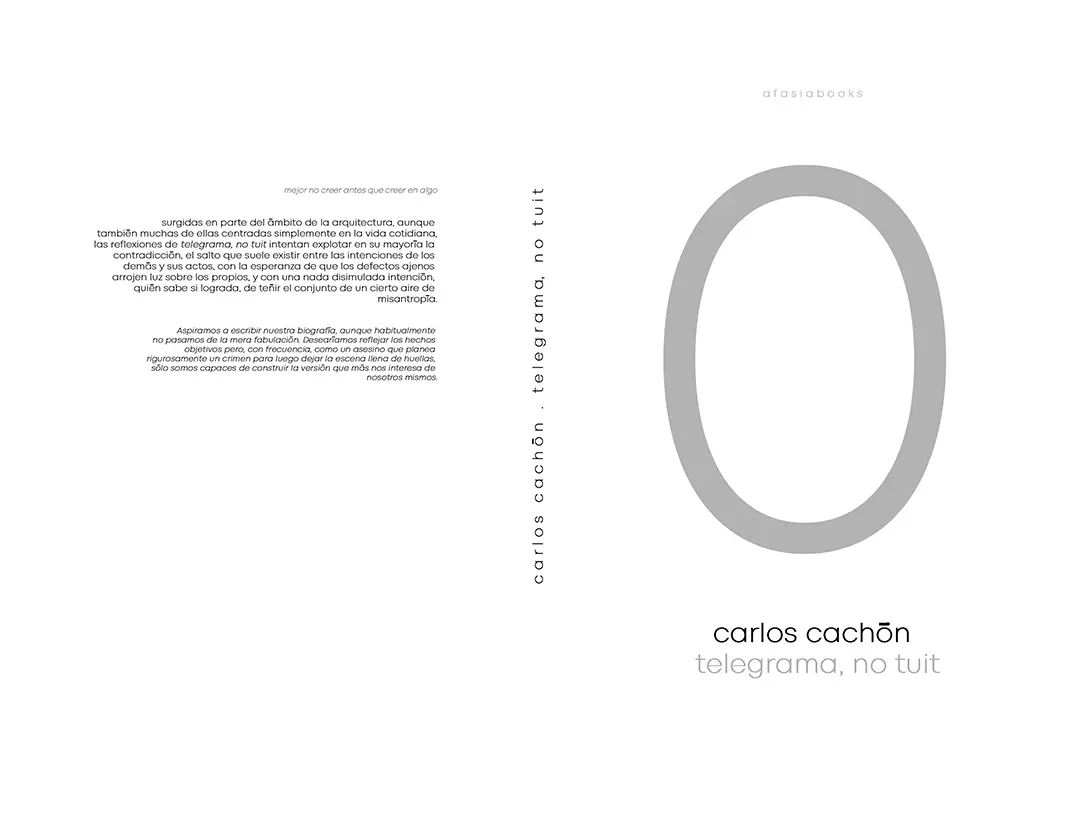
Figura . photos: © Germain Herriau
Renovation project for a detached house dating from the early 20th century, which has undergone continuous alterations in recent decades.
This first phase of the project focuses on ensuring the house’s structural durability by completely rebuilding the roof structure, reinforcing the intermediate floors with metal framing and creating two roof dormers to make the attic space more habitable. These elements form the design and structure of the renovation. The choice was made to leave some of these load-bearing elements (joists, reinforcing beams, posts, trusses) visible, like an open book of a history in the making.
The existing openings, which have been preserved, give a glimpse of the house’s bubbling programming, between private and common areas.
The through spaces on the first floor house the shared areas, while the upper floors house the bedrooms and wet rooms, whose privacy is emphasized by varied sequences of natural lighting, produced by the rooms’ single exposure.
A triple-height volume forms the link between these spaces distributed over 3 levels, magnified by the solid oak staircase running through this free volume, just above the kitchen. To complete the renovation work, a set of contrasting structures frames the interior views, going beyond the simple functional importance of the structures.
The choice was made to stage the uses around inherited openings, as an exhibition of the domesticities specific to the manufacture of individual housing. These framings objectify the deployment of the second phase of the project, the restoration of the stone facades, cornices, modenature, surrounds and garden, the focal points of a total composition.
_
Projet de rénovation d’une maison individuelle du début XXème, ayant subis des modifications continues ces dernières décennies. Cette première phase de projet s’emploie à assurer la durabilité structurelle de la maison en reprenant complètement la charpente, renforçant les planchers intermédiaires, par l’ajout d’une ossature métallique et créant deux lucarnes de toit pour accroître l’habitabilité des volumes sous combles. Ces éléments font projet et deviennent structurant pour la rénovation. Le choix est fait de laisser partiellement ces éléments porteurs apparents (solives, poutres de renforts, poteaux, fermes), comme un livre ouvert d’une histoire en cours d’écriture. Les ouvertures existantes conservées laissent entrevoir la programmation bouillonnante de cette maison, entre privatifs et communs. Les espaces traversant du rez-de-chaussée abritent les espaces partagés, tandis que les étages supérieurs accueillent les chambres et pièces humides, dont la privacité est soulignée par des séquences d’éclairage naturel variées, produites par la mono exposition des pièces. Un volume en triple hauteur fait le trait d’union entre ces espaces distribués sur 3 niveaux, magnifié par l’escalier en chêne massif cheminant dans ce volume libre, à l’aplomb de la cuisine. Pour finaliser ce travail de rénovation, un jeu d’ouvrages contrastés participe au cadrage de vues intérieures, dépassant là, une simple importance fonctionnelle des ouvrages. Choix a été fait de mettre en scène les usages autour des ouvertures héritées, comme une exposition des domesticités propres à la fabrique du logement individuel. Ces cadrages objectivent le déploiement de la seconde phase du projet, la restauration des façades en pierres vues, corniches, modénatures, abords, jardin, points d’orgue d’une composition totale.















